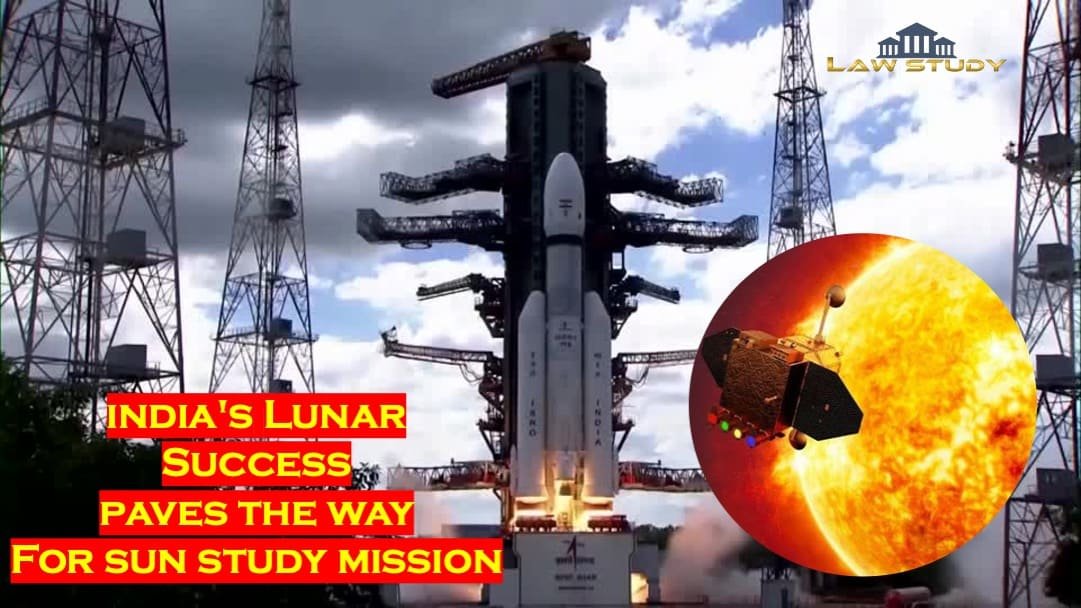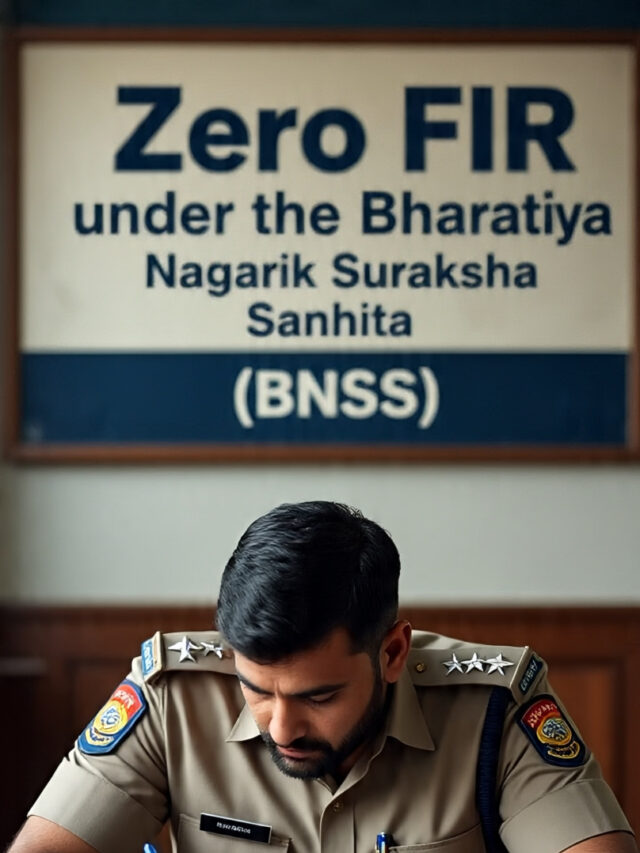India continues to make strides in its ambitious space program with the launch of its latest mission, Aditya-L1.
Just a week after successfully landing an unmanned spacecraft on the Moon, India is now setting its sights on the center of the solar system. Aditya-L1, named after the Hindu Sun deity, embarked on its journey towards the Sun on a remarkable mission that promises to shed light on the mysteries of our nearest star.
India Launches Solar Exploration Mission Following Moon Triumph
Launch and Objectives
Aditya-L1 took off with great fanfare, and a live broadcast captured the excitement of hundreds of spectators cheering as the rocket roared to life.
The Indian Space Research Organisation (ISRO) confirmed the launch’s success as the spacecraft ascended into Earth’s upper atmosphere. This mission marks India’s endeavor to study the outermost layers of the Sun during its anticipated four-month journey.
The launch was executed using the PSLV-C57 rocket, which placed the satellite with precision into its intended orbit. Aditya-L1 is now on its way to the Sun-Earth L1 point, a destination approximately 1.5 million kilometers (930,000 miles) from Earth but only one percent of the immense distance separating our planet from the Sun.
This point represents a gravitational balance between Earth and the Sun, allowing the spacecraft to maintain a stable halo orbit around the Sun.
Scientific Goals
One of the primary scientific goals of the Aditya-L1 mission is to study coronal mass ejections, a periodic phenomenon characterized by massive discharges of plasma and magnetic energy from the Sun’s atmosphere.
These potent bursts have the capability to extend towards Earth and interfere with the functioning of satellites. By closely monitoring these phenomena, Aditya-L1 aims to predict them, providing early warnings to satellite operators to power down their systems, thus safeguarding against potential damage.
Additionally, the mission aims to enhance our understanding of these solar phenomena, potentially reducing the need for a dedicated warning system in the future. This deeper understanding of coronal mass ejections could have far-reaching implications for space technology and satellite operations.
Unprecedented Asian Achievement
While the United States and the European Space Agency (ESA) have sent numerous probes toward the center of the solar system, starting with NASA’s Pioneer program in the 1960s, this mission by the Indian Space Research Organisation (ISRO) holds the distinction of being the first of its kind by an Asian nation to be placed in orbit around the Sun. It is a testament to India’s growing prowess in space exploration and technology.
Challenges and Expert Opinions
Astrophysicist Somak Raychaudhury highlighted the challenges of this mission, emphasizing its significance for India. He noted that the mission’s probe would focus on studying coronal mass ejections, which pose a significant threat to satellite operations due to their immense power.
Raychaudhury emphasized that Aditya-L1’s ability to predict these phenomena and alert satellite operators to shut down their systems is critical. Furthermore, the mission’s findings could advance our understanding of these events, potentially rendering a dedicated warning system unnecessary in the future.
India’s Space Budget Program
One of the remarkable aspects of India’s space program is its ability to achieve significant milestones on a relatively modest budget. India has steadily been matching the achievements of established spacefaring nations while keeping costs considerably lower.
This success is attributed to India’s approach of adapting and modifying existing technology and its abundant pool of highly skilled engineers who earn a fraction of their foreign counterparts’ wages. For example, the recent lunar landing mission, a feat previously accomplished only by Russia, the United States, and China, cost less than $75 million.
Public Support and Celebrations
Last month’s successful lunar landing mission garnered widespread public support and celebration in India. Prayer rituals and live broadcasts in classrooms allowed schoolchildren to follow the spacecraft’s final descent to the lunar surface. The achievement was met with pride and enthusiasm, solidifying India’s place in space exploration.
Future Endeavors
India’s space program continues to expand its horizons. In addition to the Aditya-L1 mission, India plans to launch a three-day crewed mission into Earth’s orbit by the following year. Collaborative efforts with Japan are also on the horizon, including joint lunar missions by 2025.
Furthermore, India aims to embark on an orbital mission to Venus within the next two years, demonstrating its unwavering commitment to advancing space exploration.
Aditya-L1’s journey to study the Sun’s outermost layers represents India’s relentless pursuit of scientific knowledge and technological advancement in the field of space exploration. India’s ability to achieve remarkable feats on a budget showcases its ingenuity and determination.
As this mission unfolds and contributes valuable insights into solar phenomena, it not only adds to India’s growing list of space achievements but also promises to benefit space technology and satellite operations worldwide.

























